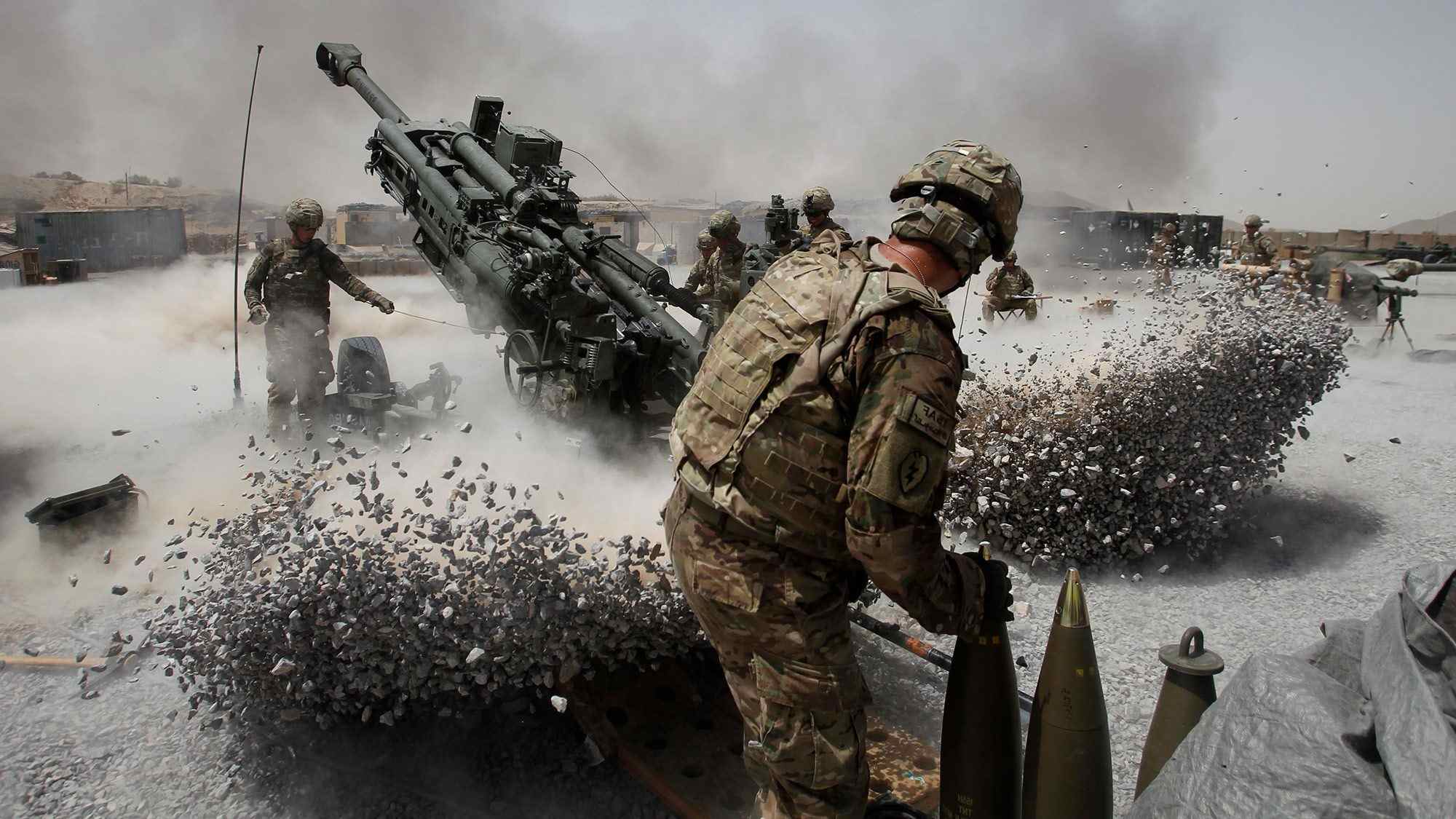
War in Afghanistan, spanning over two decades, stands as one of the most complex conflicts in recent history. This prolonged battle involved multiple nations, each with its own agenda, making the situation increasingly intricate. Understanding this war requires a deep dive into a series of events, decisions, and outcomes that shaped not only Afghanistan but also global politics. 40 facts about the War in Afghanistan offer a concise yet comprehensive overview, shedding light on lesser-known aspects and pivotal moments. From the initial invasion to the final withdrawal, these facts provide insights into the strategic, humanitarian, and political facets of a war that has left an indelible mark on the world stage.
Historical Background
Understanding the War in Afghanistan requires a look at its historical context. This conflict has deep roots and many layers.
- The war began in 2001 after the 9/11 attacks.
- The United States led the invasion to dismantle al-Qaeda.
- The Taliban, who harbored al-Qaeda, were the primary target.
- Afghanistan has been a battleground for centuries, including the British and Soviet invasions.
- The Soviet-Afghan War (1979-1989) significantly impacted the region.
Key Players
Several groups and nations have played crucial roles in the conflict.
- The Northern Alliance opposed the Taliban and supported the U.S. invasion.
- NATO forces joined the U.S. in 2003.
- Pakistan has been accused of supporting the Taliban.
- Iran has also been involved, often covertly.
- The Afghan National Army was established to fight the Taliban.
Major Battles and Operations
The war saw numerous significant battles and military operations.
- Operation Enduring Freedom was the initial U.S. military campaign.
- The Battle of Tora Bora aimed to capture Osama bin Laden.
- Operation Anaconda was a major offensive against al-Qaeda.
- The Siege of Sangin was one of the bloodiest battles for British forces.
- The Battle of Marjah was a key offensive in Helmand Province.
Humanitarian Impact
The war has had a profound effect on the Afghan population.
- Millions of Afghans have been displaced.
- Civilian casualties have been a tragic consequence.
- The conflict has severely impacted education, especially for girls.
- Healthcare infrastructure has been devastated.
- Many Afghans have sought refuge in neighboring countries.
Economic Consequences
The war has also had significant economic repercussions.
- Afghanistan's economy has been heavily reliant on foreign aid.
- The opium trade has flourished amidst the chaos.
- Infrastructure development has been slow and challenging.
- Unemployment rates remain high.
- Corruption has been a persistent issue.
Cultural and Social Changes
The conflict has brought about notable cultural and social shifts.
- Traditional tribal structures have been disrupted.
- Urbanization has increased as people flee rural conflict zones.
- Media freedom has seen both progress and setbacks.
- Women's rights have been a contentious and evolving issue.
- The arts and music have experienced a revival in some areas.
International Relations
The war has influenced global politics and alliances.
- U.S.-Pakistan relations have been strained.
- NATO's involvement marked a significant international commitment.
- The war has affected U.S.-Iran relations.
- China has shown increasing interest in Afghan stability.
- Russia has maintained a cautious but involved stance.
Withdrawal and Aftermath
The end of the war has brought new challenges and uncertainties.
- The U.S. officially ended its combat mission in 2014.
- The Taliban regained control in 2021.
- Many Afghans fear a return to oppressive rule.
- International aid continues but is uncertain.
- The future of Afghanistan remains highly unpredictable.
A Final Glimpse at Afghanistan's Conflict
Reflecting on the 40 facts about Afghanistan's war, we've journeyed through a complex tapestry of history, struggle, and resilience. This conflict, spanning over two decades, has left indelible marks on both the land and its people. From the initial invasion to the eventual withdrawal of foreign troops, each fact has shed light on the multifaceted nature of this enduring conflict. Understanding these elements is crucial for grasping the broader implications of war on society, politics, and human lives. As we move forward, let's carry these insights with us, recognizing the importance of peace, stability, and the relentless spirit of the Afghan people. Their journey, though fraught with challenges, continues to inspire and remind us of the enduring hope for a brighter future.
Was this page helpful?
Our commitment to delivering trustworthy and engaging content is at the heart of what we do. Each fact on our site is contributed by real users like you, bringing a wealth of diverse insights and information. To ensure the highest standards of accuracy and reliability, our dedicated editors meticulously review each submission. This process guarantees that the facts we share are not only fascinating but also credible. Trust in our commitment to quality and authenticity as you explore and learn with us.


